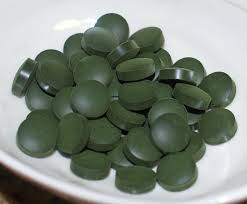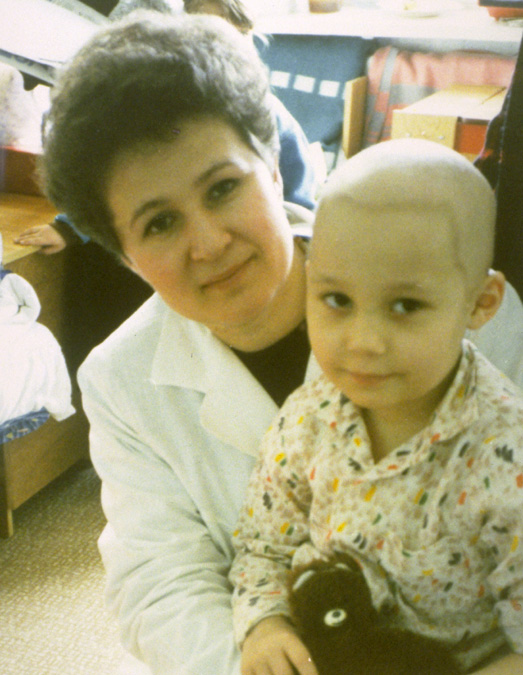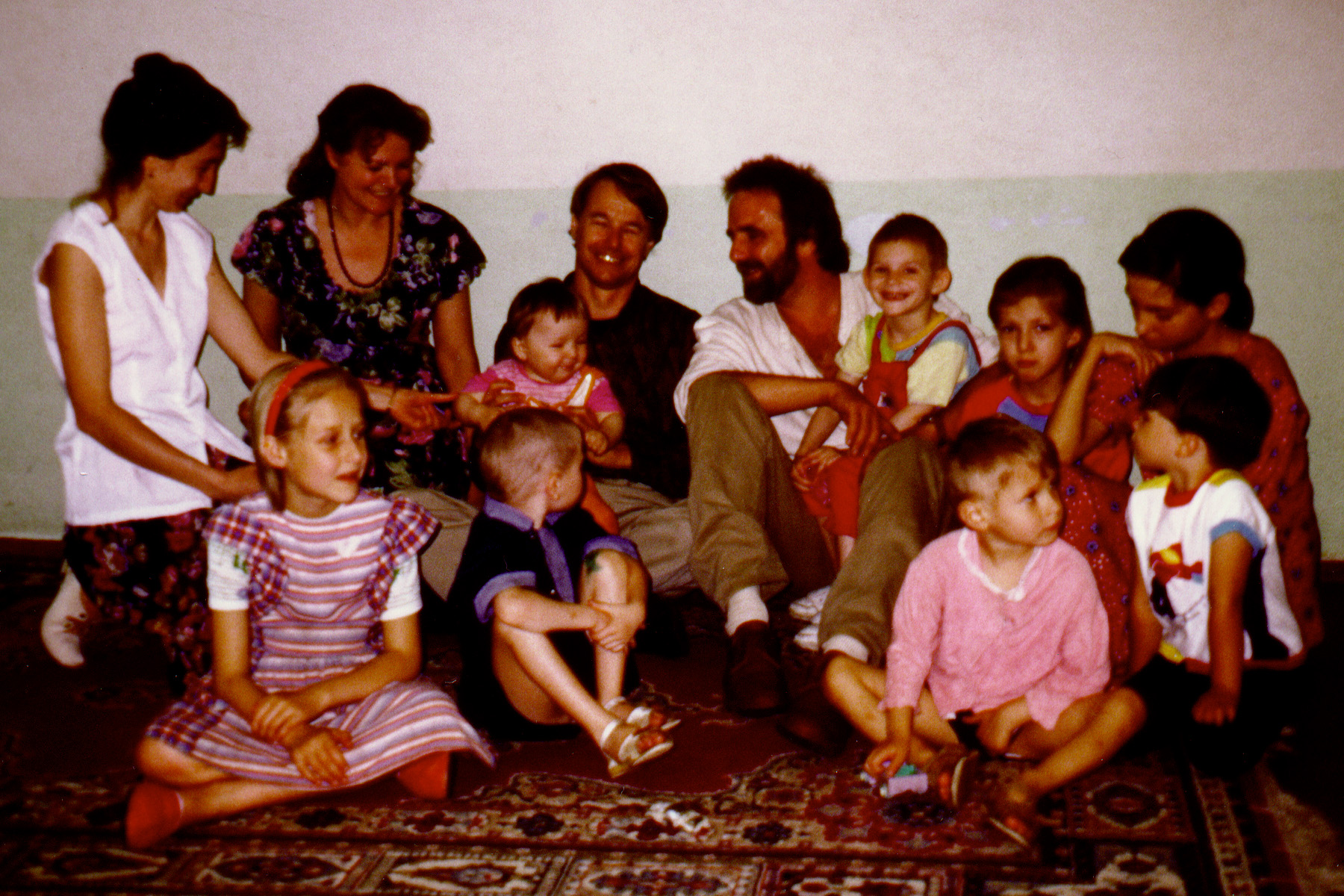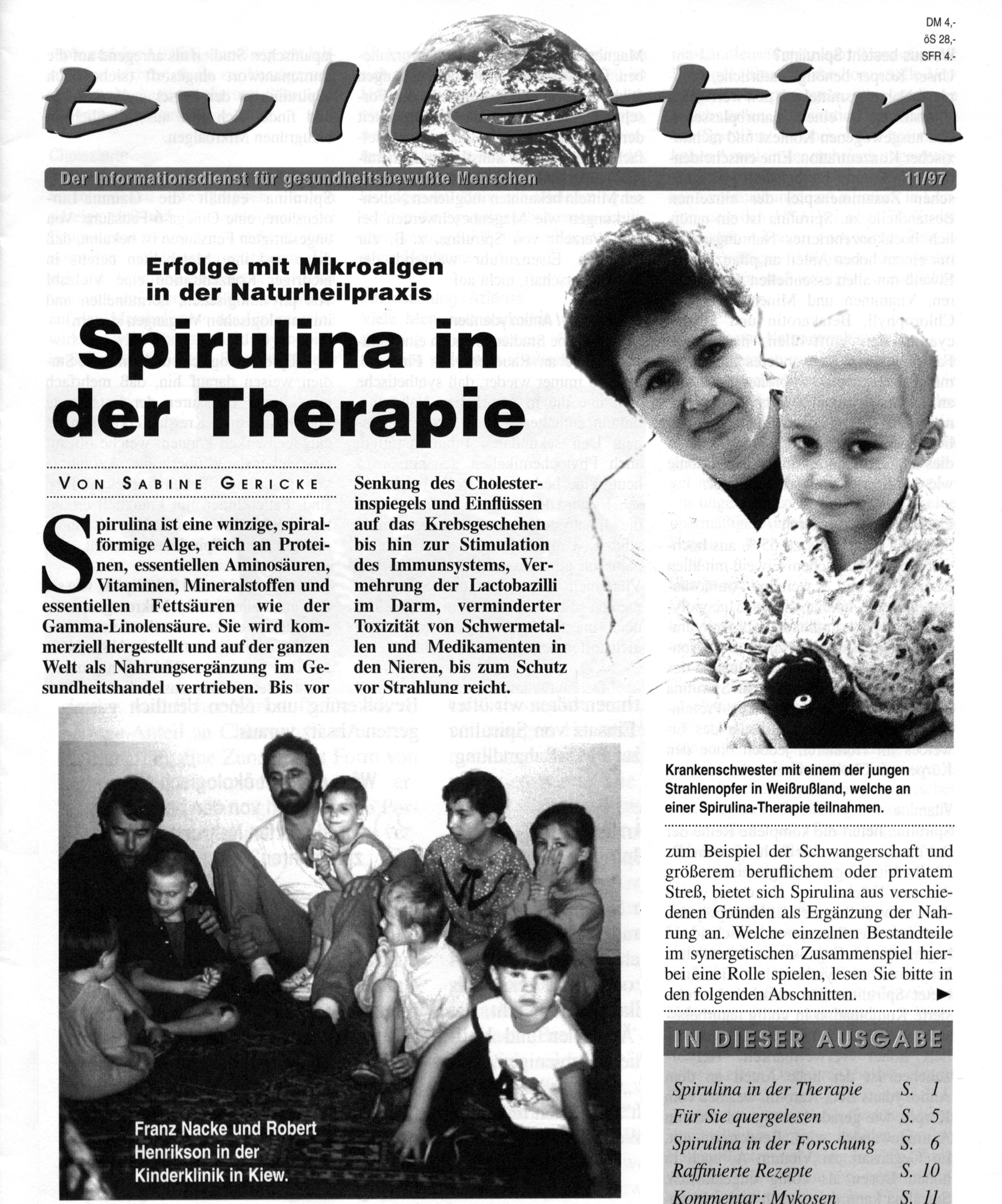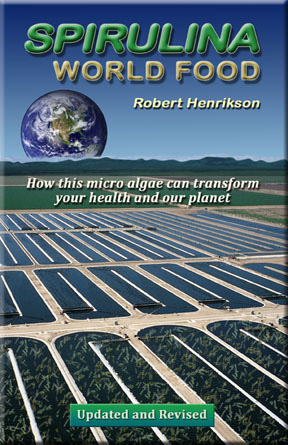Benefits of Spirulina for Protection Against Radiation Effects
Robert Henrikson
The 2011 earthquake and tsunami accident at the Fukushima nuclear power plant in Japan and the continuing radiation releases have raised concerns about radiation exposure. Many people have heard of reports about the beneficial effects of spirulina blue-green algae in protection against radiation and its related health problems.
These reports are published studies from Belarus in the 1990s using spirulina. The benefits for the Children of Chernobyl affected by radiation collaborated previous research, suggesting that spirulina provided beneficial effects against radiation and may be used to supplement other means of radiation protection.
Scientists theorize spirulina can bind heavy metals like mercury, lead, cadmium and radioactive isotopes and can accelerate excretion of these elements from the body.
Summary of Three Main Benefits of Spirulina Against Radiation
1. Belarus studies on humans affected by Chernobyl radiation. Five grams of Spirulina a day given to children caused reduction of Cesium-137 in urine by 50%. Spirulina decreased radiation dose load received from food contamination with radionuclides. (Belookaya 1991) (Loseva 1993) (Evets 1994). A Russian patent was awarded for the use of spirulina as a medical food to reduce allergic reactions from radiation sickness.
2. Chinese studies on radiation protection. Previous research demonstrated a natural polysaccharide extract of spirulina had a protective effect against gamma radiation in mice (Qishen 1989). Following research showed phycocyanin and polysaccharides from spirulina enhanced reproduction of bone marrow and cellular immunity (Zhang 1994).
3. International studies on benefits of spirulina against radiation effects. Three long-term effects of radiation are weakened immune system, oxidative stress and cancer. Numerous international studies have shown how spirulina stimulates the immune system and has antioxidant, anti-inflammatory and anti-cancer benefits (spirulinasource.com).
Spirulina and the Children of Chernobyl
From the book Spirulina World Food, by Robert Henrikson
Years after the Chernobyl disaster, four million people in Ukraine and Belarus continued to live in dangerously radioactive areas. The water, soil and food over an 11,000 square mile area were contaminated. Over 160,000 children were victims of radiation poisoning, with birth defects, leukemia, cancer, thyroid disease, anemia, loss of vision and appetite and depressed immune system, called “Chernobyl AIDS.”
Based on promising international research that indicated spirulina may be beneficial against effects of radiation, while I was President of Earthrise Company, Earthrise donated spirulina to Children of Chernobyl Hospitals in Belarus and Ukraine in 1989.
Doctors reported spirulina’s health benefits for child victims of Chernobyl radiation. Spirulina reduced urine radioactivity levels by 50% in only 20 days. This result was achieved by giving 5 grams a day to children at the Minsk, Belarus Institute of Radiation Medicine. The Institute program treated 100 children every 20 days.
Based on testing in 1990, the Belarus Ministry of Health concluded spirulina promotes the evacuation of radionucleides from the human body. No side effects were registered. The Ministry considered this food was advisable for the treatment of people subject to radiation effects, and requested additional donations from the Earthrise Company of California and Dainippon Ink & Chemicals of Japan (Sokolovskiy 1991).
In a 1991 study of 49 kindergarten children aged 3 to 7 years old in Beryozova, spirulina was given to 49 children for 45 days. Doctors found T-cell suppressors and beneficial hormones rose, and in 83% of the children, radioactivity of the urine decreased (Belookaya 1991).
An unpublished 1993 report confirmed 1990-91 research, concluding “spirulina decreases radiation dose load received from food contaminated with radionucleides, Cesium-137 and Strontium-90. It is favorable for normalizing the adaptive potential of children’s bodies in conditions of long-lived low dose radiation.” (Loseva 1993).
Nurse and child radiation victim, at a medical clinic in Belarus.
A Russian patent was awarded in 1994 for the use of spirulina as a medical food to reduce allergic reactions from radiation sickness. The patent was based on a study of 270 children living in highly radioactive areas. They had chronic radiation sickness and elevated levels of Immunoglobulin (IgE), a marker for high allergy sensitivity. Thirty five were prescribed 20 tablets per day (about 5 grams) for 45 days. Consuming spirulina lowered the levels of IgE in the blood, which in turn, normalized allergic sensitivities in the body (Evets 1994).
Research continuing through 1999 in Belarus showed immune building, normalization of peroxide lipid oxidation and detoxifying effects of spirulina supplements in children and teenagers. Scientists theorized spirulina may form non-absorbable complexes of radionucleides through analogues such as calcium or potassium and promotes their excretion (Loseva 1999).
I had the opportunity to visit Chernobyl hospital clinics in Kiev Ukraine in 1995 and meet with the doctors and children going through radiation therapy.
German newsletter bulletin about the visit to Kiev Ukraine in 1995.
References from Spirulina World Food (purchase on amazon.com):
Loseva, L.P. and Dardynskaya, I.V. Spirulina- natural sorbent of radionucleides. Research Institute of Radiation Medicine, Minsk, Belarus. Presented at the 6th Intl Congress of Applied Algology, Czech Republic, Sep. 9, 1993.
Sokolovskiy, V. Corres. from the First Sec. BSSR to the United Nations, May 20, 1991.
Belookaya, T. Correspondence from the Chairman of Byelorussian Committee “Children of Chernobyl” May 31, 1991.
Qishen, P. et. al. Radioprotective effect of extract from spirulina platensis in mouse bone marrow cells studied by using the micronucleus test. Toxicology letters. 1989. 48:165-169.
Zhang Cheng-Wu, et. al. Effects of polysaccharide and phycocyanin from spirulina on peripheral blood and hematopoietic system of bone marrow in mice. Second Asia Pacific Conf. Ibid, April, 1994.
Evets, P. et. al. Means to normalize the levels of immunoglobulin E, using the food supplement spirulina. Grodenski State Medical Univ. Russian Federation Commitee of Patents and Trade. Patent (19)RU (11)2005486. Jan. 15, 1994.
Loseva, L. P. Spirulina platensis and specialties to support detoxifying pollutants and to strengthen the immune system. Research Inst. of Radiation Medicine, Minsk, Belarus. presented at 8th Int’l Congress Applied Algology, Italy. Sep. 1999.
For a complete health library with 40 years of published international scientific research by health category go to www.spirulinasource.com.
ANTI-VIRAL ACTIVITY
ANTI-CANCER STUDIES
BETA CAROTENE AND CANCER PREVENTION
CHOLESTEROL REDUCTION
DIABETES AND HYPERTENSION REDUCTION
GLYCOLIPIDS AND SULFOLIPIDS
HEMATOPOIESIS AND IMMUNOMODULATION
IRON AND PREVENTION OF ANEMIA
KIDNEY AND LIVER DETOXIFICATION
LACTOBACILLUS IMPROVEMENT
MALNUTRITION RECOVERY
PHYCOCYANIN AND IMMUNE SYSTEM
POLYSACCHARIDES AND IMMUNE SYSTEM
RADIATION PROTECTIVE EFFECT AND IMMUNE SYSTEM IMPROVEMENT

